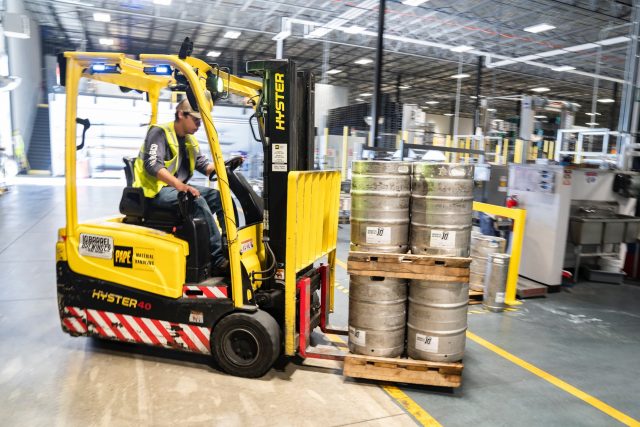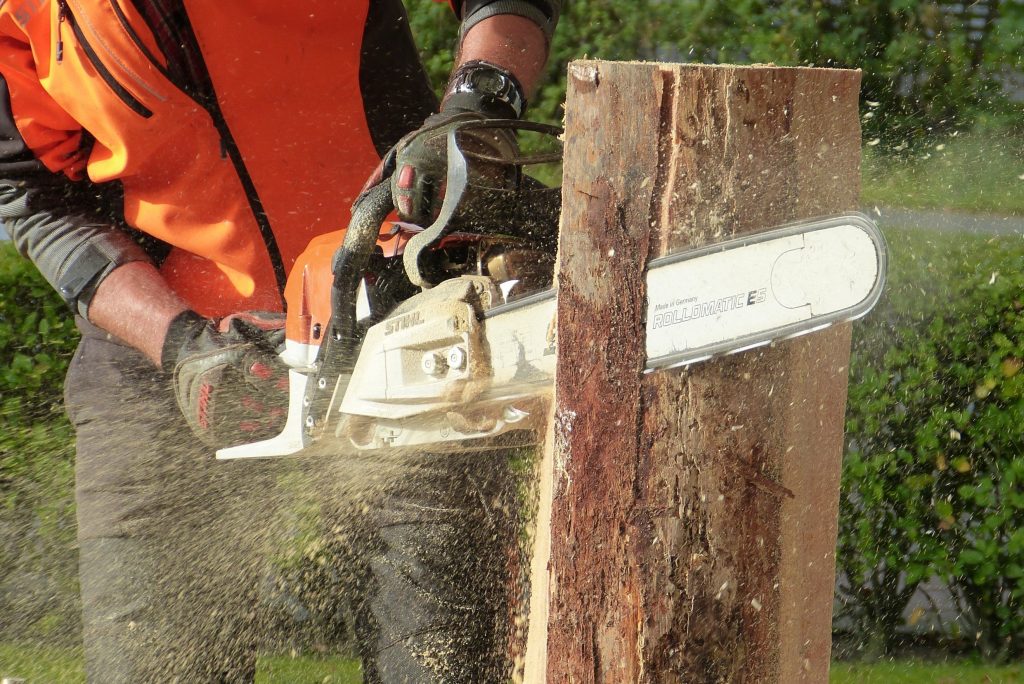
There’s a lot of danger around working with machinery and vehicles. Find out all you need to know to stay safe, right here.
Not every job is safe. Sure, even in the smallest of offices, there are risks, but when it comes to warehouse and factory work, there’s a lot more of them. Especially when working with or around machinery and vehicles. Without the proper training, such as machine handling training or forklift truck training for example, accidents and injuries at work are significantly increased. However, we’re here to shed some light on working with and around machinery and vehicles.
In our post, we’ll be looking at working around or with machinery and vehicles. We’ll be talking health and safety; what training should be provided to workers and more. So, read our post to find out all you need to know.
Health and Safety
According to the HSE (the Health and Safety Executive), there’s over 5000 injuries involving vehicles every year. As you can imagine, working with machinery poses risks of injury too. Which is why it’s essential that the proper health and safety implementations are in place. All workers should be trained and advised on how to work and behave around machinery and vehicles too. It’s important for employers to assess the risks of working around and with machinery and vehicles to ensure that the safety of staff is prioritised. This can involve assessing the working environment and the equipment being used (vehicles and machines).
However, whilst employers need to ensure that health and safety assessments are carried out, it is down to employees to take on board the training (provided by employers), and work safely and sensibly around the equipment and in the working environment. So, we move on to the training that should be given.
Training
It’s important that employers ensure that training is offered to their staff, whether it be internal or external or specialist or standard – all of those working around both vehicles and machinery must have some level of training. However, it differs for those. There will be two types of training. The first is training to be aware of surroundings when working with or on machinery or vehicles. It goes for those not operating the equipment and is meant to make sure that staff understand and know how to act and work around machinery and vehicles.
Next, there will be operator training. This is for those that are actually driving the vehicles and using the machines. Whilst everyone must be aware of how to work around machines, most of the time only operators will be qualified and trained to use either machinery or vehicles. For example, you need to undergo forklift truck training in order to use a forklift. They won’t allow any worker to use it. However, all staff working around said forklift must know the risks and understand how to conduct and work whilst the vehicle is around them.

Types of Training
In this section, we’ll outline a few examples of training required for those working around specific machines or vehicles.
- Forklift Truck Training
For those that work in warehouses or other places where using forklifts are required, specialist forklift truck training should be provided and required. Those operating the vehicles should be licensed to use a forklift, and understand the risks surrounding driving one. There are different levels of forklift truck training, including beginner training and even refresher training too. It’s to ensure that no matter if you’re getting your license or have had it for years, workers are working safely with the equipment provided.
- Chainsaw Training
Working with chainsaws has its risks – obviously. Which is why those operating them are giving specialist training in order to work safely and properly using them. It will teach them how to use, handle, maintain and safely turn them on and off as well as providing them with safe. It’s an essential part of any workplace that uses chainsaws or other machines with rotating blades. Because, misuse can lead to injury, injury that can be serious or fatal. So, those working in factories or other workplaces with chainsaws need to undergo the right training.
- Abrasive Wheel Training
Abrasive wheels are used to smooth, grind, sand or file down pretty much anything. They can be attached to drills; however, they can be dangerous to use no matter if they’re stationary or mobile. So, with proper abrasive wheel training, those using them understand how to maintain, operate and use abrasive wheels as well as how to work around them as well. Any workplace that has abrasive wheels in use should provide their staff with proper training.
Staying Safe
So, for those operating and working around these machines and vehicles, it’s imperative for their own safety to stay safe and sensible. It’s important to wear the right PPE (personal protective equipment), and conduct themselves in a professional, safe way. Not only must they consider their own safety, but the safety of those working around them as well. Likewise, those working around those operating should ensure that they don’t approach them in an unsafe way. For example, if someone is using a chainsaw, and has protective headphones on, it would be unsafe to approach them whilst the chainsaw is on and their noise cancelling headphones are on as well.
Whilst employers have a responsibility to make sure the proper training is provided, it is down to the employees to take on their training and work in a safe way as not to put themselves or anyone at risk at work.













